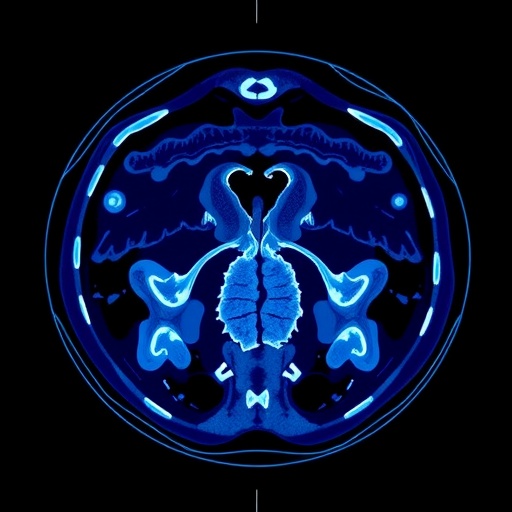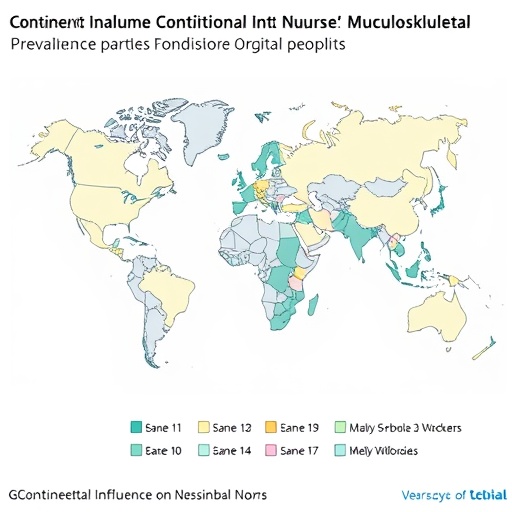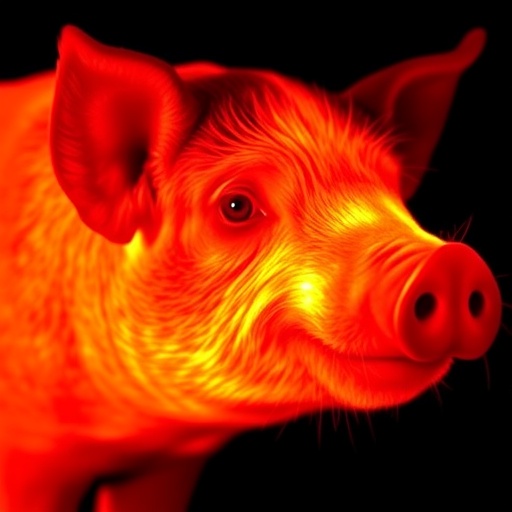In a groundbreaking study published in the Journal of Translational Medicine, researchers have proposed a novel CT radiomic stratification signature that promises to revolutionize clinical decision-making for ovarian cancer patients undergoing neoadjuvant chemotherapy. The multi-institutional retrospective study led by a team from prestigious medical institutions sheds light on how advanced imaging techniques can predict patient outcomes, potentially enhancing therapeutic approaches tailored to individual needs.
Ovarian cancer remains one of the most challenging cancers to treat, often diagnosed at an advanced stage, which complicates treatment options and patient prognosis. Traditional monitoring techniques and clinical assessments frequently fall short of providing clinicians with robust tools to customize therapy effectively. The researchers utilized computational algorithms that analyze the texture and shape of tumors visible in CT scans to uncover hidden patterns associated with the biological behavior of these malignancies.
The significance of this research cannot be overstated. By integrating radiomics into clinical practice, the authors aim to address a critical gap in current oncology protocols. Radiomics is a field that involves the extraction of a large number of quantitative features from medical images, converting visual information into data that can be analyzed algorithmically. In the case of ovarian cancer, this method could help predict how well a patient might respond to neoadjuvant chemotherapy.
A major finding of the study is the identification of specific radiomic features that correlatively align with tumor biology and the likelihood of achieving a favorable response to treatment. These features may encompass parameters relating to tumor density, shape, and texture, which reflect underlying cellular characteristics and tumor microenvironments. By clustering patients based on these radiomic signatures, healthcare professionals can stratify risk profiles and identify those most likely to benefit from aggressive therapy.
The methodology applied in this multi-center study is noteworthy. Patients were selected from multiple sites, affording a wider demographic representation and enhancing the reliability of the findings. The researchers collected CT images from these patients before chemotherapy treatment, followed by a detailed analysis of the imaging data to extract relevant features using advanced algorithms. This innovative approach resulted in the creation of a radiomic signature, which serves as a predictive tool for clinicians.
In terms of clinical applicability, the study outlines a potential pathway for integrating this radiomic signature into routine practice. Clinicians could use this tool to evaluate CT scans of ovarian cancer patients and derive insights that inform treatment plans—shifting from a “one-size-fits-all” model to a more personalized approach. As the authors assert, optimizing clinical decisions in this context can lead to improved outcomes, including better survival rates and enhanced quality of life for patients.
Furthermore, the research highlights the underlying biological mechanisms that account for the observed correlations between radiomic features and treatment response. The team delved into the molecular profiles of tumors, paving the way for future studies that could explore how these profiles could change in response to chemotherapy. Understanding the biological basis of the radiomic features represents a crucial step forward in bridging the gap between imaging and biological research.
One of the pivotal aspects of this research is its multidisciplinary nature, harmonizing advanced imaging techniques with molecular oncology. The collaboration among radiologists, oncologists, and researchers underscores the importance of holistic approaches in tackling complex medical conditions. This study serves as an exemplary model, demonstrating how pooling expertise across different fields can lead to transformative advancements in patient care.
Moreover, the research emphasizes the potential challenges that lie ahead in implementing radiomic stratification in clinical practices. Issues related to standardizing imaging protocols, ensuring data quality, and maintaining interoperability between different imaging systems must be addressed. It is vital that future research focuses not only on refining these predictive models but also on validating their efficacy across diverse populations and clinical settings.
In conclusion, the emergence of CT radiomic signatures represents a beacon of hope for ovarian cancer patients who face an uphill battle against this aggressive disease. Given the promising results of this multicenter study, it opens a new chapter in personalized medicine. However, further validation and research are necessary to integrate these findings into everyday clinical practice effectively, ensuring that patients receive the most accurate and beneficial treatment plans possible.
As the oncology community looks to the future, it is clear that technology-driven solutions will play an increasingly significant role in shaping patient care. The ability to predict treatment responses through advanced imaging techniques like radiomics could not only enhance survival rates but also lead to optimized resource allocation within healthcare systems. As we continue to elucidate the intricate relationships between imaging features and tumor biology, we are propelled closer to the ultimate goal: a world where cancer treatment is tailored precisely to the individual.
In light of these developments, it is an exciting time for both researchers and clinicians alike. The findings from this study underscore the potential of merging radiomics with traditional cancer care methods, showcasing how these approaches can significantly elevate the standard of care for ovarian cancer patients. As research in this domain progresses, we may witness the dawn of a new era in oncology—one driven by data, imaging innovation, and patient-centric methodologies.
The implications of this research extend beyond ovarian cancer, as the principles of radiomic analysis could be applied to a myriad of other malignancies. Future investigations will likely expand the versatility of this approach, generating insights that can benefit patients across various cancer types. With continuous advancements in technology and data analytics, the oncology field is poised for significant transformation, and studies like this lay the groundwork for a brighter, more effective future in cancer treatment.
Subject of Research: CT radiomic stratification in ovarian cancer and its application in chemotherapy decision-making.
Article Title: CT radiomic stratification signature to optimize clinical decisions for ovarian cancer patients receiving neoadjuvant chemotherapy and the underlying biological basis: a multicenter retrospective study.
Article References: Zhang, S., Li, X., Zhang, S. et al. CT radiomic stratification signature to optimize clinical decisions for ovarian cancer patients receiving neoadjuvant chemotherapy and the underlying biological basis: a multicenter retrospective study. J Transl Med 23, 1184 (2025). https://doi.org/10.1186/s12967-025-07229-0
Image Credits: AI Generated
DOI: 10.1186/s12967-025-07229-0
Keywords: CT radiomics, ovarian cancer, chemotherapy, personalized medicine, medical imaging
Tags: advanced imaging for cancer prognosisclinical decision-making in oncologycomputational algorithms in medical imagingCT radiomics in oncologyenhancing therapeutic approaches for ovarian cancermulti-institutional cancer researchneoadjuvant chemotherapy for ovarian cancerovarian cancer treatment optimizationpersonalized therapy in ovarian cancerpredictive imaging techniques for cancerradiomic stratification signaturetumor texture analysis in CT scans





